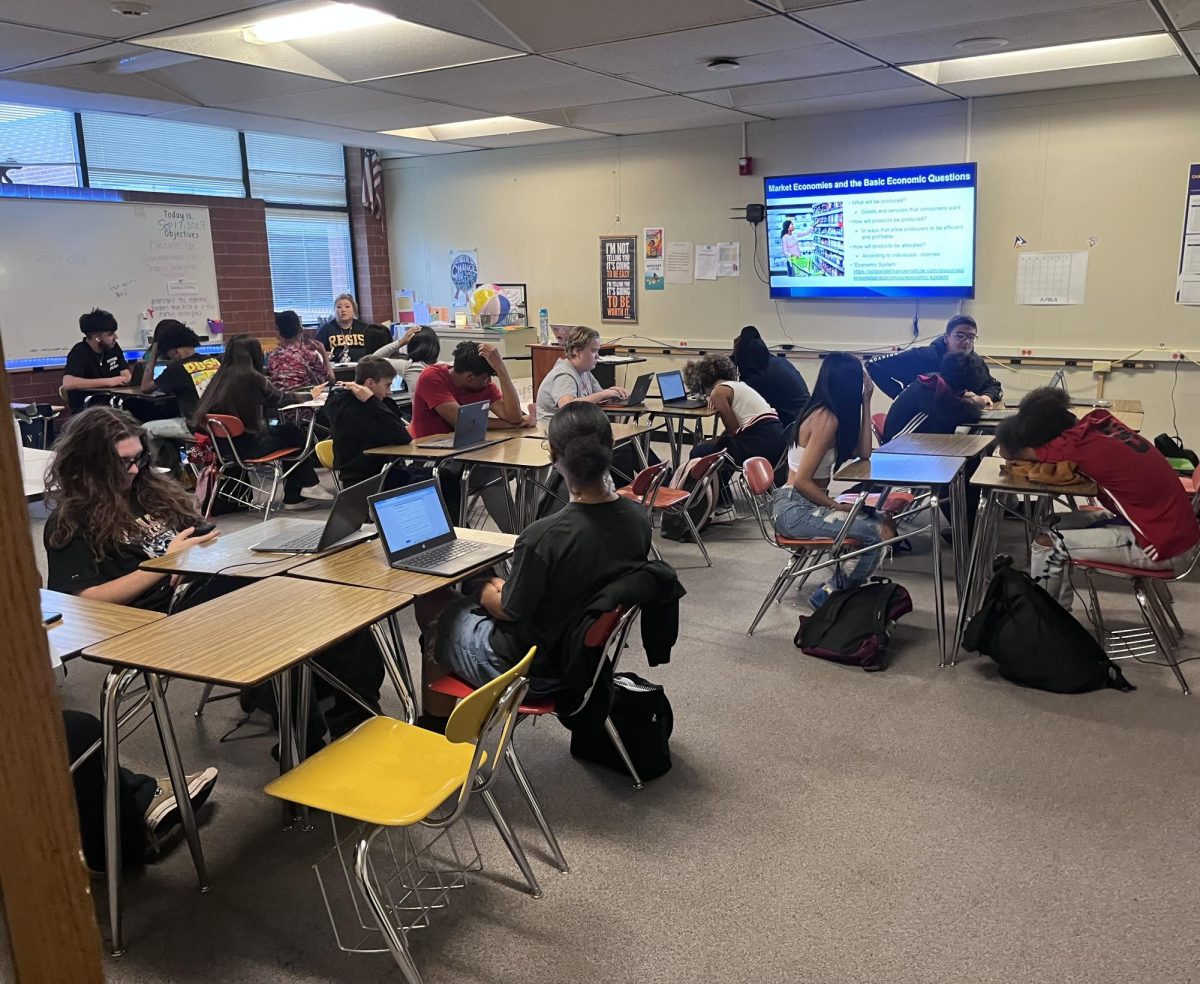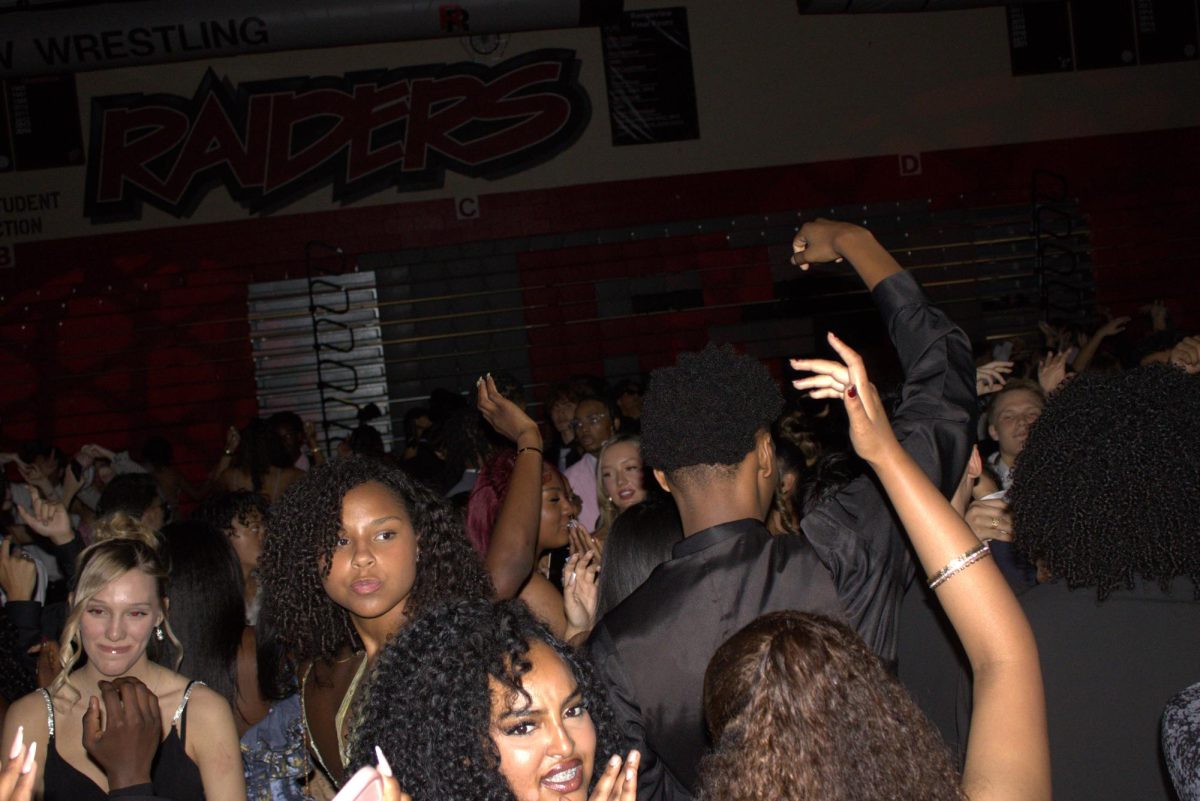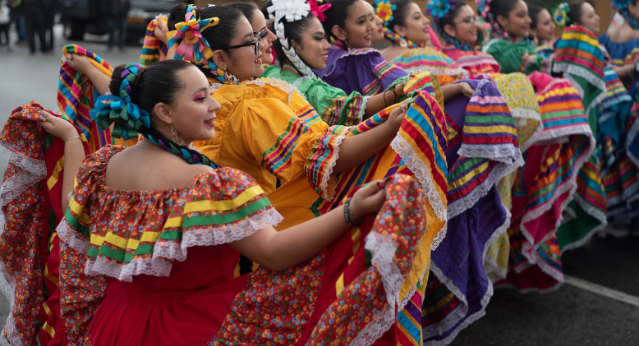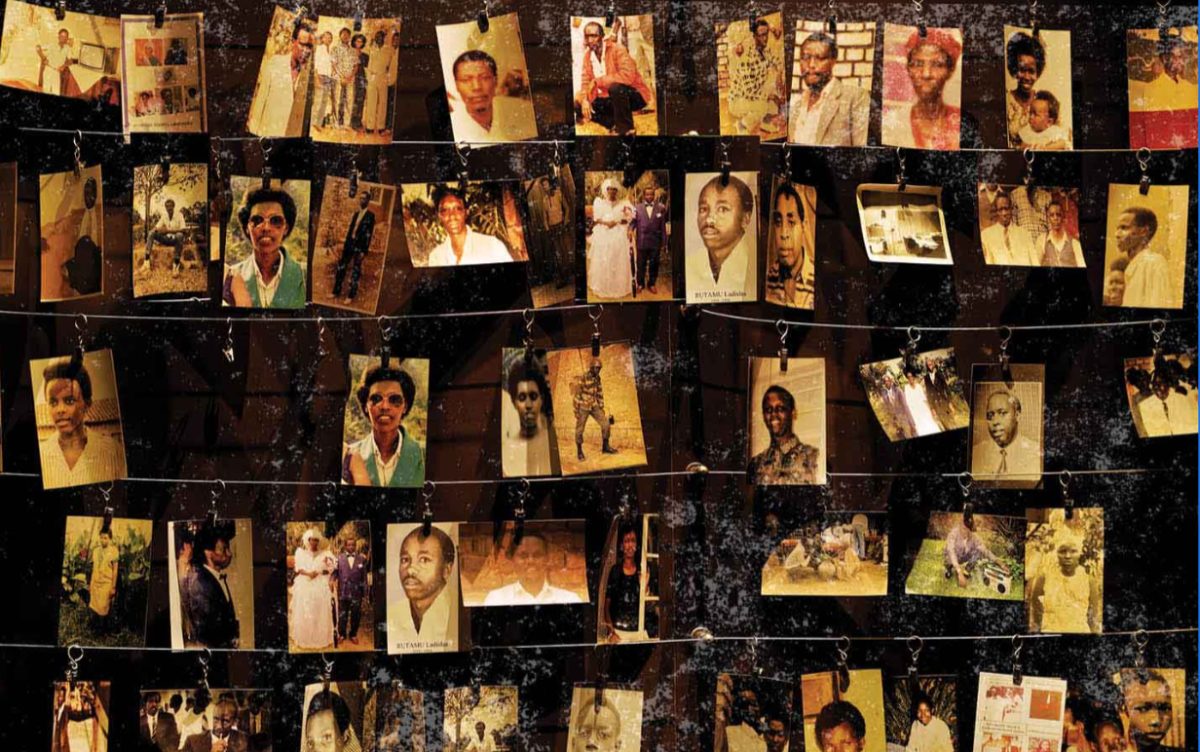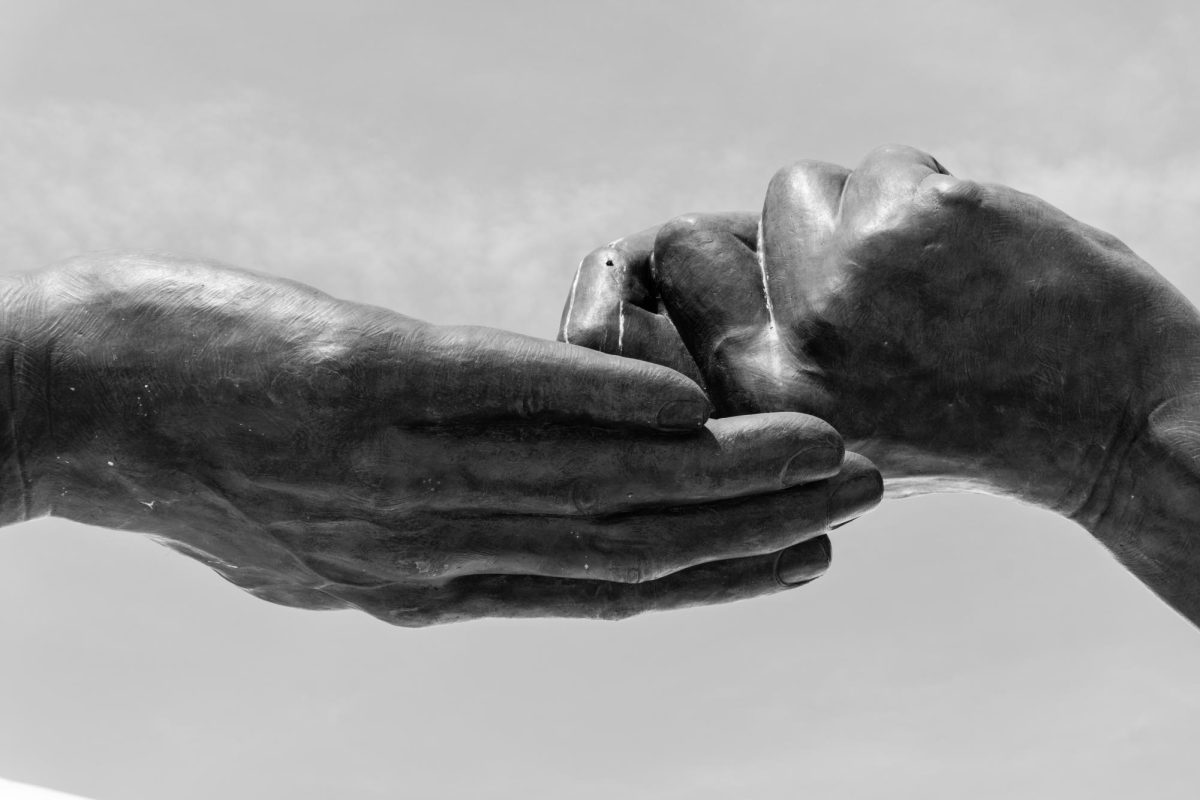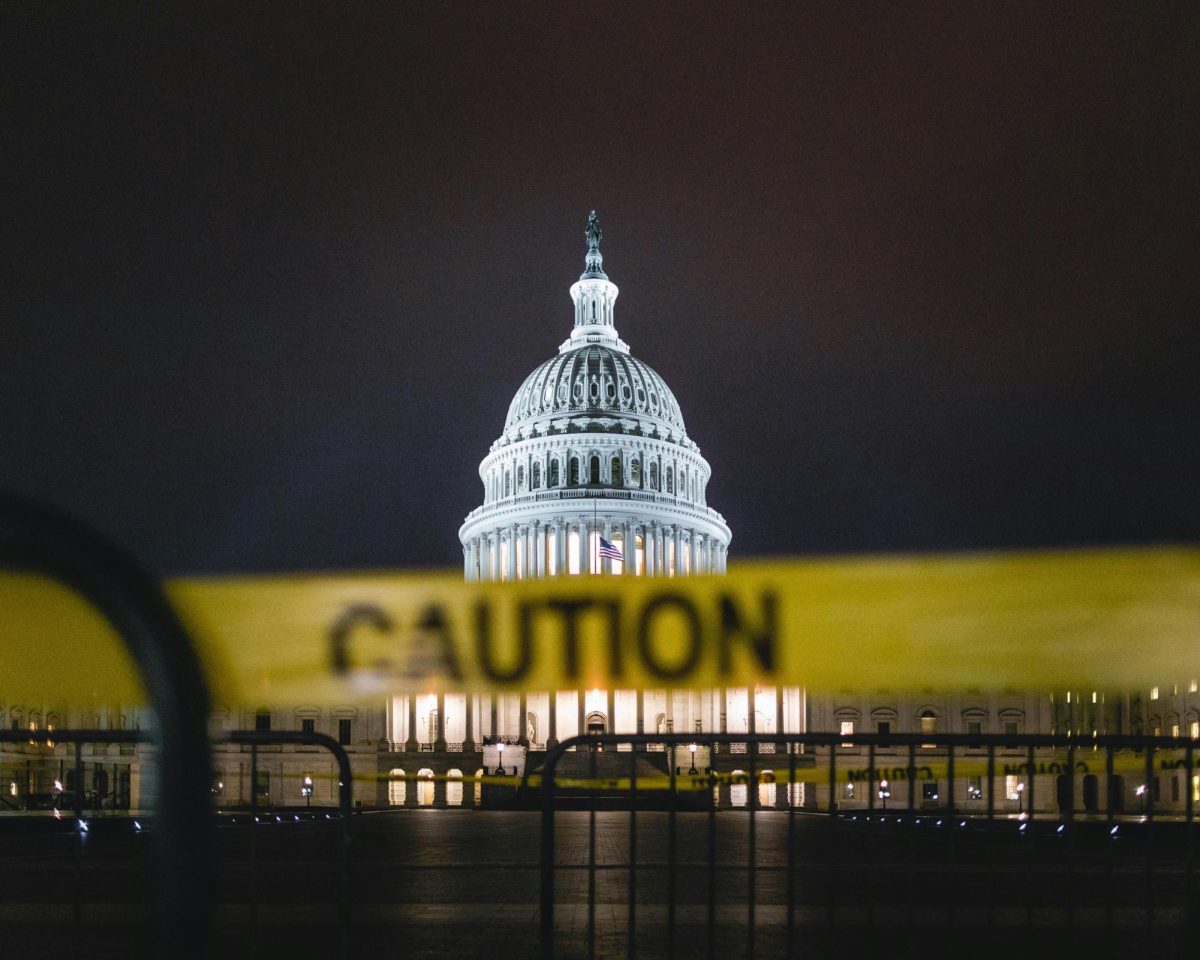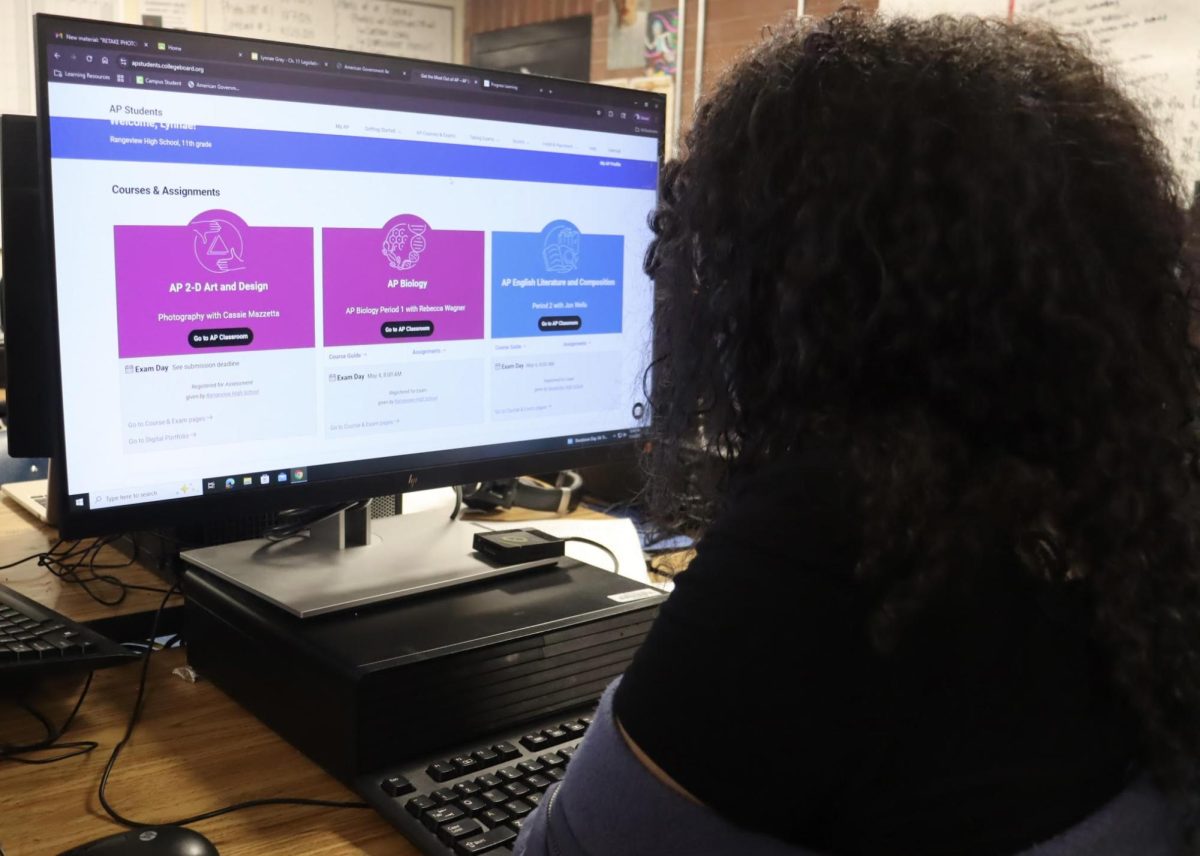A common thing that impacts students of color are microaggressions. Whether it is from students or staff, micro aggressions are an important issue to address.
Micro aggressions are often defined as subtle racism or racism that is more vague.
According to Merriam Webster, “micro-aggressions can be a comment or action that subtly and often unconsciously or unintentionally expresses a prejudiced attitude toward a member of a marginalized group.”
Within the classroom, microaggressions can have a very negative impact on students of color. Microaggressions can cause students to have anxiety and oftentimes, students are scared to speak up about microaggressions because of how much they happen.
Kyleigh Grant who is a Junior at Rangeview has experienced many microaggressions from students and teachers.
Grant states several of her peers have made comments to her like “you’re pretty smart for a Black girl” in class. Grant also says that she would be in “math class, and they would say ‘I didn’t think you would know that’, and it’s like why would you think I didn’t know that.”
Further, Grant expressed that “I even had a teacher once that said I didn’t know Black history, he was white, and he was a math teacher. I corrected him on something he was saying about Black history, and I was like ‘no this is actually the right thing’, and he was like ‘you don’t know Black history’.”
This type of language is very harmful when a student is told by someone of another race that they don’t know the history of their own culture and heritage.
Although they often occur unconsciously, it is still important for people to be aware of their actions, how they impact others, and for them to educate themselves in regards to micro-aggressions.
Education is elevation, and learning about the concept of micro-aggressions is easily accessible.
Further, Microaggressions are very widespread and they impact students of color in many different ways.
According to a study done regarding microaggressions in school by St.Olaf College, Nearly 30 percent of students observed or experienced a microaggression during group work with other students, more than 25 percent during a lecture, and more than 37 percent during class discussions.
“I was in class and we were talking about diversity and diversity in classes and stuff, and a teacher had told me that he realized that he does have a type of bias or prejudice towards people of color and mainly Black people because he says when students goof off in his class, he mainly blames and targets Black people, even if they are not the ones really involved,” said Nevaeh Parker a Senior at Rangeview.
Parker further explained, “He [also says] that he has to not read the name on the papers if they are too hard to read because he said if he reads the names, he’s going to unknowingly grade lower, because he just expects the worst out of them.”
Parker believes this incident is an example of a microaggression noting “even though he acknowledged his bias was a problem”, it reveals that other teachers might be committing these problematic mistakes.
From Parker’s personal experience, she said that “school pushes the narrative of equality and stuff like that and so it’s like you think that should be the norm, but it’s like little hints and things that people say to make you realize that you’re kind of different and they kind of separate you from the rest. If you feel like you’re being targeted and pulled out of something because of your identity that’s a microaggression even though it’s not direct.”
It is clear that microaggressions are an issue that have an immense impact on students. It can be hard for students to focus on their education when they feel like their identities are being constantly questioned.
However, there are solutions to reduce the amount of microaggressions that students encounter.
One solution is ensuring that schools effectively address the concept of microaggressions. They can do this by making sure that teachers have the concept of microaggressions in their training to make sure that teachers are trying their best to not inflict microaggressions upon students. This is especially important for schools like Rangeview, that have a diverse student body, with many students of color.
The Florida State University College of Education showcased several examples of how teachers can effectively address microaggressions. They suggested that teachers should use “Use micro affirmations. Micro Affirmations are small acts that foster inclusion and support for individuals who may feel isolated or invisible in an environment (Rowe, 2008). Examples of micro affirmations include rewarding positive behaviors, creating lesson plans that are culturally inclusive, and using positive words even when correcting students’ work or behavior (Samuels et al., 2020).”
If a teacher witnesses a microaggression, they also suggested that teachers should “Talk it out. If you witness a microaggression occur in the classroom, do not be afraid to talk about it. Explore the incident with the student who committed the microaggression and seek to understand the intentions behind their behavior. You can also use this time to educate the student by explaining to them why their behavior was offensive”.
It is also important for teachers to recognize the identity of a student and to not be colorblind. An article by Noodle.com addresses this with saying, “when you tell a student ‘I don’t think of you as Latin@’ or ‘I don’t see you as American Indian, you’re just like all the other students in the class’, you are minimizing that student’s cultural background, even though it may be very important in their life.”
Another solution is making sure that students are also educating themselves on microaggressions, so they wont have micro-aggressive attitudes towards their peers.
Ultimately, microaggressions will continue to occur but it is important to spread more awareness about microaggressions, its harmful effects, and the different ways to minimize micro aggressions.
